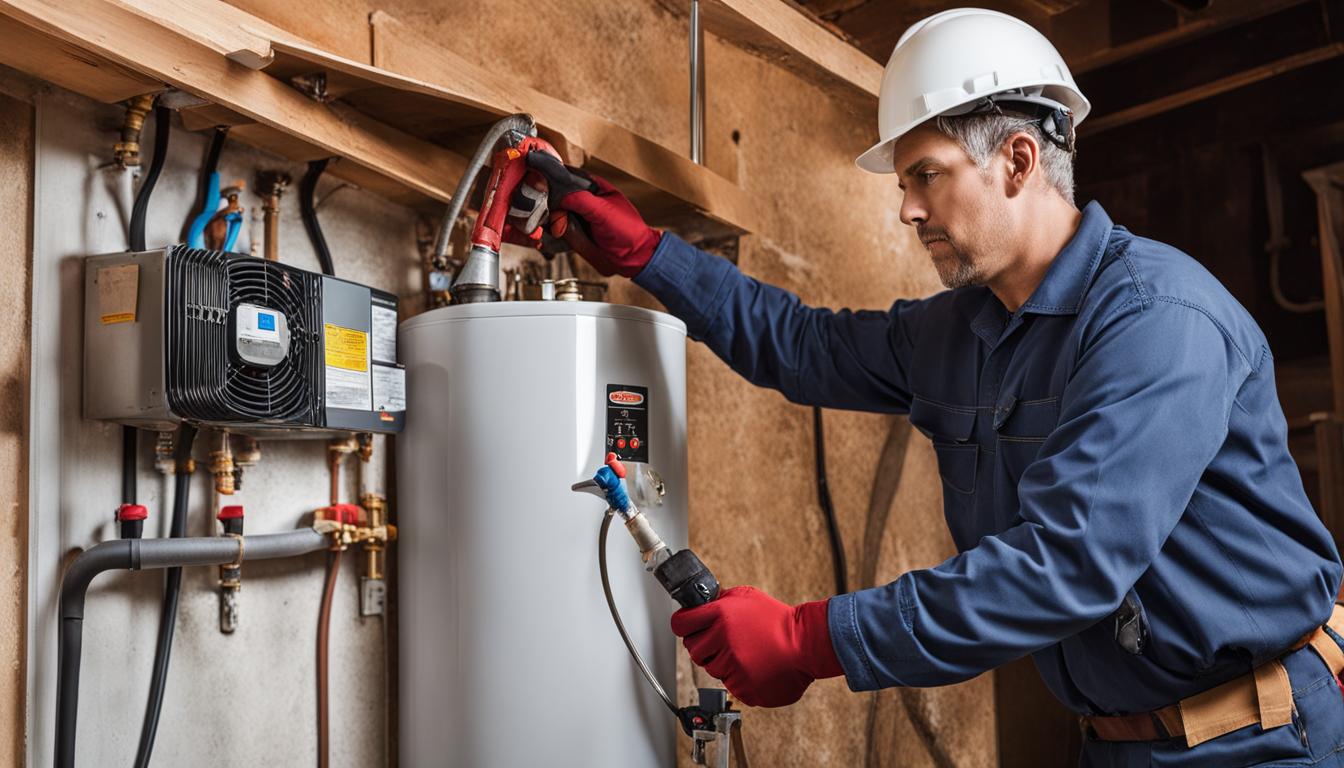Essential Maintenance Strategies for Your Home's Hot Water System
Essential Maintenance Strategies for Your Home's Hot Water System
Blog Article
Here on the next paragraphs you will find lots of sensible guidance involving Tips For Maintaining Your Hot Water Heater.

Warm water is important for day-to-day comfort, whether it's for a revitalizing shower or cleaning dishes. To guarantee your warm water system runs efficiently and lasts much longer, regular maintenance is vital. This post supplies practical suggestions and understandings on how to keep your home's warm water system to avoid disruptions and expensive fixings.
Introduction
Preserving your home's warm water system may seem complicated, yet with a few basic steps, you can guarantee it runs smoothly for years to come. This guide covers every little thing from understanding your hot water system to do it yourself upkeep pointers and understanding when to contact specialist aid.
Importance of Preserving Your Hot Water System
Routine maintenance not only extends the life expectancy of your warm water system yet additionally ensures it runs efficiently. Ignoring upkeep can lead to reduced performance, greater power bills, and also premature failing of the system.
Signs Your Hot Water System Needs Maintenance
Understanding when your hot water system needs interest can avoid significant problems. Watch out for indications such as inconsistent water temperature, odd sounds from the heating unit, or rustic water.
Flushing the Water Heater
Flushing your water heater removes debris build-up, boosting performance and lengthening its life.
Monitoring and Replacing Anode Rods
Anode rods prevent corrosion inside the container. Inspecting and changing them when broken is vital.
Complicated Problems Needing Professional Help
Instances consist of significant leaks, electrical troubles, or if your water heater is regularly underperforming.
Routine Professional Upkeep Perks
Professional maintenance can consist of detailed examinations, tune-ups, and making sure compliance with safety criteria.
Examining and Adjusting Temperature Level Setups
Adjusting the temperature level setups guarantees optimal performance and safety.
Do It Yourself Tips for Upkeep
You can carry out numerous maintenance jobs on your own to maintain your hot water system in top problem.
Checking for Leakages
On a regular basis examine pipes and connections for leaks, as these can cause water damage and higher bills.
Comprehending Your Hot Water System
Prior to diving right into maintenance jobs, it's practical to understand the standard parts of your hot water system. Typically, this consists of the water heater itself, pipelines, anode rods, and temperature controls.
Month-to-month Upkeep Tasks
Regular regular monthly checks can help catch minor problems before they rise.
Examining Stress Alleviation Valves
Testing the stress safety valve ensures it functions correctly and prevents excessive pressure build-up.
Insulating Pipelines
Shielding hot water pipelines lowers warm loss and can conserve energy.
When to Call an Expert
While do it yourself maintenance is helpful, some issues require expert proficiency.
Verdict
Regular maintenance of your home's hot water system is crucial for efficiency, longevity, and expense financial savings. By adhering to these suggestions and understanding when to look for professional help, you can guarantee a trusted supply of hot water without unexpected interruptions.
How to Maintain an Instant Hot Water Heater
Before tinkering with your hot water heater, make sure that it’s not powered on. You also have to turn off the main circuit breaker and shut off the main gas line to prevent accidents. Also turn off the water valves connected to your unit to prevent water from flowing into and out of the appliance. 2. When you’re done, you have to detach the purge valves’ caps. These look like the letter “T†and are situated on either side of the water valves. Doing so will release any pressure that has accumulated inside the valves while at the same time avoid hot water from shooting out and burning your skin. 3. When the purge valves’ caps are removed, you have to connect your hosing lines to the valves. Your unit should have come with three hoses but if it didn’t, you can purchase these things from any hardware or home repair shops. You can also get them from retail stores that sell water heating systems. Read the user’s manual and follow it to complete this task properly. When the hosing lines are connected, open the purge port’s valves. 4. You should never use harsh chemical cleaners or solutions when cleaning your unit. Make use of white vinegar instead. It should be undiluted and you’ll probably use about 2 gallons. 5. Now flush your water heater. This task should probably take about 40 minutes. We can’t give you specific directions for this because the procedure is carried out depending on the type, model and brand of your heater. With that being said, refer to the user’s manual. 6. When you’re done draining the unit, you have to turn off the purge port valves again. Remove the hosing lines that you earlier installed on each of the water valves. Put the valve caps (purge port) back in their respective places and be very careful so as not to damage the rubber discs that are found inside these caps. 7. Now that everything’s back in place, check your user’s manual again to find out how to reactivate your water heating system. 8. Once it is working, turn one of your hot water faucets on just to let air pass through the heater’s water supply pipes. Leave the tap on until water flows smoothly out of it. https://www.orrplumbing.com/blog/2014/september/how-to-maintain-an-instant-hot-water-heater/

We were introduced to that write-up on What Kind of Maintenance Do Water Heaters Need? through an associate on another blog. Sharing is good. Helping people is fun. Thank-you for your time spent reading it.
Book Report this page